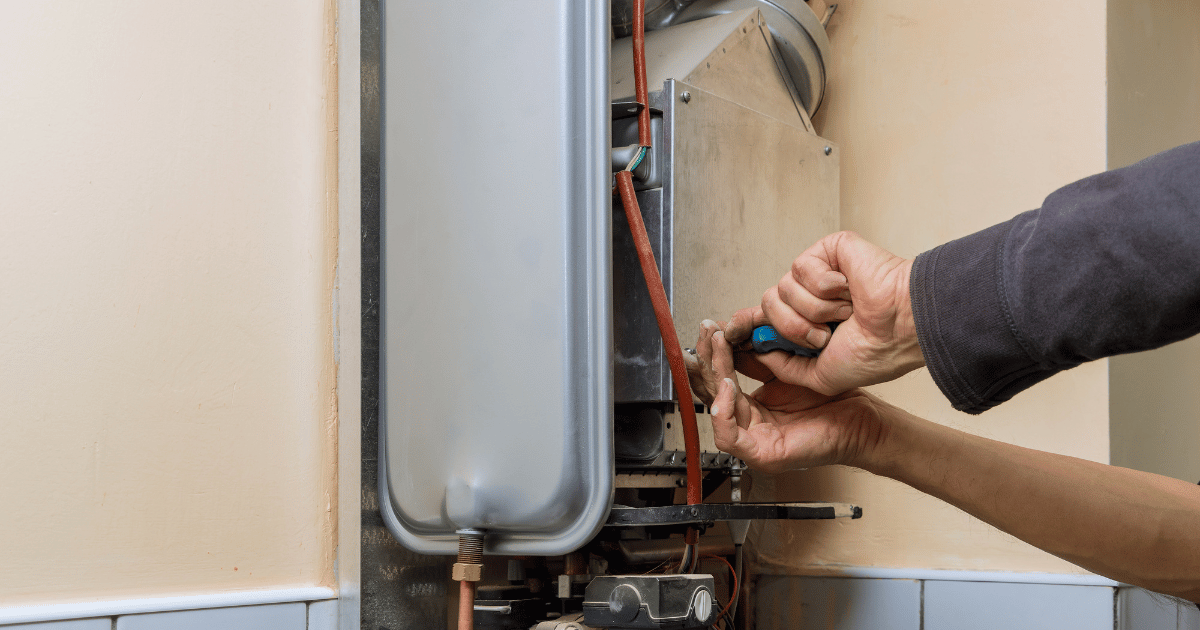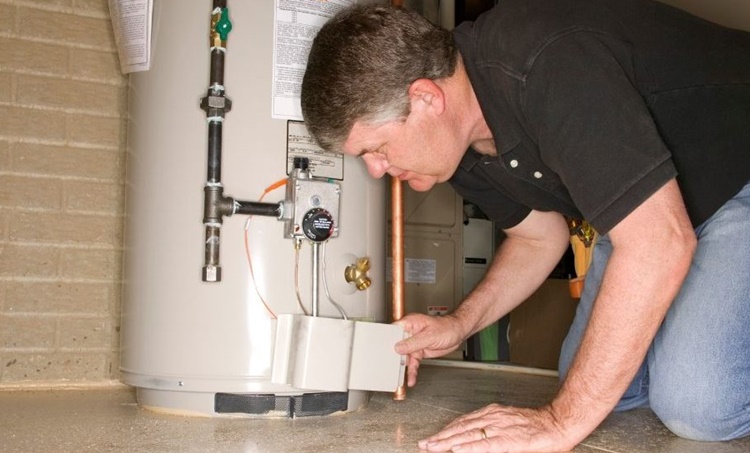The article author is making several great annotation about How to Maintain a Hot Water Heater in a Few Simple Steps in general in this article following next.

Warm water is important for day-to-day convenience, whether it's for a refreshing shower or cleaning meals. To ensure your warm water system runs effectively and lasts longer, normal upkeep is key. This post offers practical pointers and insights on just how to preserve your home's hot water system to stay clear of interruptions and costly fixings.
Introduction
Keeping your home's hot water system could appear challenging, but with a few straightforward steps, you can guarantee it operates efficiently for many years to come. This overview covers everything from understanding your hot water system to do it yourself maintenance pointers and understanding when to call expert aid.
Significance of Preserving Your Warm Water System
Normal maintenance not just extends the life expectancy of your hot water system however additionally guarantees it operates successfully. Neglecting upkeep can lead to reduced performance, higher energy costs, and also premature failure of the system.
Indicators Your Hot Water System Requirements Upkeep
Knowing when your warm water system requires attention can stop significant issues. Watch out for indicators such as irregular water temperature, odd noises from the heating unit, or rustic water.
Flushing the Hot Water Heater
Flushing your hot water heater removes debris buildup, enhancing efficiency and extending its life.
Monitoring and Replacing Anode Rods
Anode poles prevent rust inside the container. Examining and changing them when broken is essential.
Facility Concerns Requiring Specialist Help
Instances include significant leaks, electric issues, or if your hot water heater is regularly underperforming.
Regular Expert Upkeep Perks
Professional maintenance can consist of extensive assessments, tune-ups, and guaranteeing conformity with safety criteria.
Inspecting and Adjusting Temperature Setups
Readjusting the temperature settings guarantees optimum efficiency and safety.
DIY Tips for Maintenance
You can do numerous maintenance jobs yourself to keep your warm water system in leading problem.
Checking for Leaks
Frequently check pipelines and links for leakages, as these can lead to water damage and higher expenses.
Comprehending Your Warm Water System
Prior to diving into maintenance jobs, it's helpful to understand the standard components of your hot water system. Generally, this includes the water heater itself, pipes, anode rods, and temperature controls.
Regular Monthly Upkeep Tasks
Routine month-to-month checks can aid capture small issues before they rise.
Examining Pressure Relief Valves
Evaluating the pressure relief valve ensures it works properly and avoids excessive pressure buildup.
Insulating Pipes
Shielding warm water pipelines lowers heat loss and can save power.
When to Call an Expert
While DIY maintenance is advantageous, some issues require specialist experience.
Verdict
Normal upkeep of your home's hot water system is important for efficiency, longevity, and price financial savings. By complying with these pointers and knowing when to seek specialist aid, you can make sure a reputable supply of hot water without unexpected disturbances.
How to Maintain an Instant Hot Water Heater
Before tinkering with your hot water heater, make sure that it’s not powered on. You also have to turn off the main circuit breaker and shut off the main gas line to prevent accidents. Also turn off the water valves connected to your unit to prevent water from flowing into and out of the appliance. 2. When you’re done, you have to detach the purge valves’ caps. These look like the letter “T” and are situated on either side of the water valves. Doing so will release any pressure that has accumulated inside the valves while at the same time avoid hot water from shooting out and burning your skin. 3. When the purge valves’ caps are removed, you have to connect your hosing lines to the valves. Your unit should have come with three hoses but if it didn’t, you can purchase these things from any hardware or home repair shops. You can also get them from retail stores that sell water heating systems. Read the user’s manual and follow it to complete this task properly. When the hosing lines are connected, open the purge port’s valves. 4. You should never use harsh chemical cleaners or solutions when cleaning your unit. Make use of white vinegar instead. It should be undiluted and you’ll probably use about 2 gallons. 5. Now flush your water heater. This task should probably take about 40 minutes. We can’t give you specific directions for this because the procedure is carried out depending on the type, model and brand of your heater. With that being said, refer to the user’s manual. 6. When you’re done draining the unit, you have to turn off the purge port valves again. Remove the hosing lines that you earlier installed on each of the water valves. Put the valve caps (purge port) back in their respective places and be very careful so as not to damage the rubber discs that are found inside these caps. 7. Now that everything’s back in place, check your user’s manual again to find out how to reactivate your water heating system. 8. Once it is working, turn one of your hot water faucets on just to let air pass through the heater’s water supply pipes. Leave the tap on until water flows smoothly out of it. https://www.orrplumbing.com/blog/2014/september/how-to-maintain-an-instant-hot-water-heater/

I recently found that content on Water Heater Maintenance Tips You Can't Afford to Forget while doing a search on the web. Loved our blog posting? Please share it. Help somebody else discover it. Thanks a bunch for your time. Kindly stop by our website back soon.
Request An Appointment